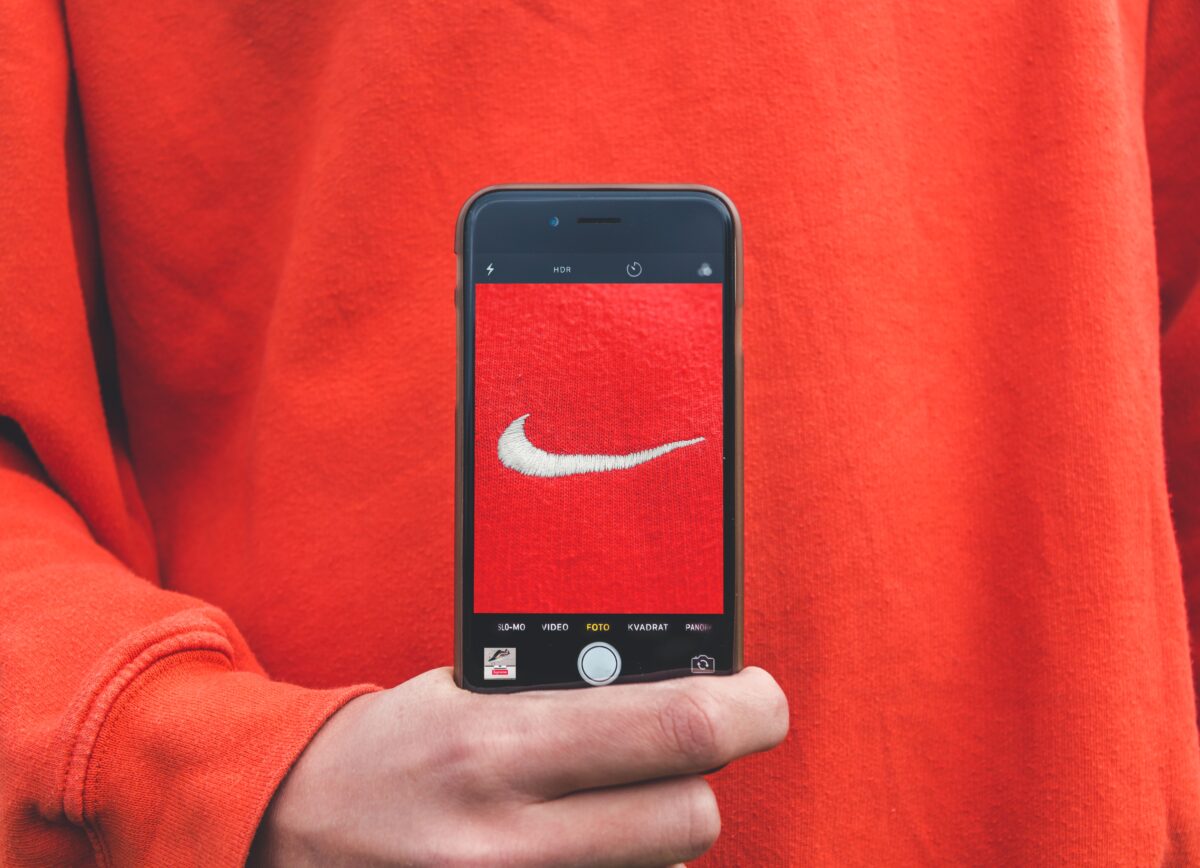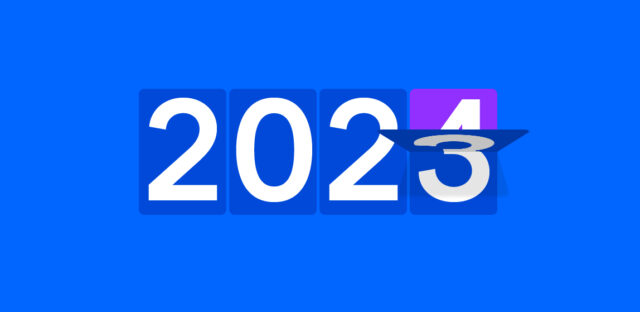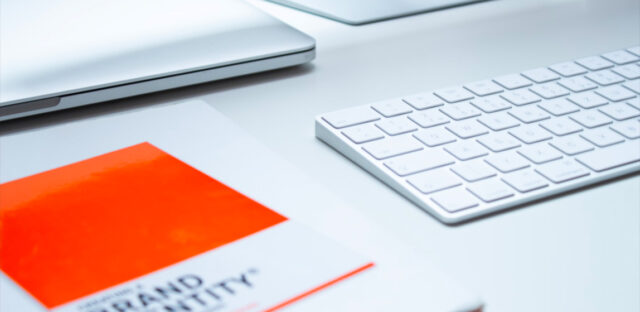In a year where fast-food chicken retailers have released nail polish and fragrances, and a billionaire torpedoed a globally-recognised brand in favour of something that he likes, it’s safe to say that 2023 has been a bit of a weird one for brands.
So, what will 2024 bring? Will it get weirder, or will we see a return to something more familiar?
My verdict? Well, a bit of both…
Artificial intelligence
Any predictions involving Artificial Intelligence (AI) at the moment feel a bit wasted; primarily because the technology seems to be moving at such a pace that it’s difficult to parse out which bits are actually going to prove useful and which bits are vanity-driven nonsense.
For my own part, I’m something of a cynic when it comes to AI in a creative space, but I’ve spoken to Creative Directors who see it as a way of quickly blasting through weaker ideas in order to get to the stronger ones more quickly—using AI as something of a soundboard for your creative brief.
Will that have any implications for the industry? Well, not if it’s used in that capacity – I’m not even convinced it’s actually beneficial for sifting through ideas for a gem to be refined.
However, where I can see the benefit is in scamping. For the uninitiated, scamping is the art of producing super quick visual interpretations of the thing you want to execute, without actually creating the thing itself. Often paired with moodboards, scamps give clients an instantaneous notion of what to expect from the delivery phase of any given project.
Basically, scamping helps people who might not be as inherently visual as designers to understand what it is we’re trying to convey – usually in a preliminary discussion about their brief.
Traditionally, scamping requires a delicate balance of putting enough effort in to ensure your idea is effectively communicated, but also not sinking so much time and energy into it that it becomes unprofitable. Enter AI.
If artificial intelligence can help creatives in their early scamping phases, I think we’ll see an increase in clients buying into more adventurous ideas in 2024 and beyond. AI won’t help with the ideas themselves, but it will help the people who come up with them to communicate them in more solid and sophisticated ways, resulting in stronger cases for more experimental design work to see the light of day.
Motion design
The rise and rise of AI is a fairly good indication of where the world is at right now. Technology is no longer a thing that lives alongside regular life – it’s so thoroughly interwoven and integrated into everything we do that we barely notice how prevalent it is anymore.
Digital real estate isn’t just confined to personal devices or the workplace either. Next time you commute through a busy city, count the number of exterior digital screens that cross your path. Or the next time you visit a conference or B2B event, keep an eye out for just how many of the placements are digital.
Globally, it’s estimated that the average person spends nearly seven hours a day looking at one screen or another.
As well as the mildly terrifying human implications of such a statistic, it’s also proof that digital technology is now king. And with that new dominance comes a capability that brands will start properly waking up to in 2024. Motion design.
Digital applications mean that your brand is no longer limited to the confines of ink on a page. It therefore stands to reason that motion design will be the expected baseline of any brand’s creative output. Yet, a lot of brands don’t seem to have guidance around how they should look when in motion, let alone a toolkit of animations or transitions to help them deploy it consistently.
My prediction is that we’ll see an explosion of motion design being used by brands this coming year.
Better brand management
And if 2024 does see an explosion of brands trying to get a handle on how they should look and feel when in motion, I also think we’ll see an explosion in the need for better brand management, too.
When I say “brand management” I’m referring to the blueprint that underpins a brand’s visual and verbal identity. The much feted – and much maligned – brand guidelines.
After printed brand guidelines died something of a death during the dot-com revolution, their replacement was the humble digital PDF. However, this always felt like something of a default position rather than a choice, and in more recent years there have been a surge of new tools that claim to deliver better results.
Individual digital files have obvious limitations from a version-control perspective, and this is often played out in a well-worn conversation between agencies and their clients—and sometimes even between internal stakeholders themselves. Everyone dreads the question “have you got the most up-to-date guidelines?” because that presupposes that someone knows which version is the most up-to-date.
But, in the modern era, there’s really no excuse for not having your brand guidelines codified in a cloud-based system or web-based environment—coupled with clear ownership of managing them—to ensure that there’s confidence without asking.
Not only that, but having a digital solution for brand management should also make things more user-friendly. Colour swatches can be copied at the click of a button, logo files can be downloaded without fear of them being out-of-date, vast image libraries can be managed via a searchable DAM.
2024 is the year when the format for brand guidelines finally becomes a concerted decision, rather than a de facto position.
SaaStand out or fall behind
I’ve already mentioned the impact of AI in the creative space, but it’s safe to say that the impact is being felt even more deeply in the tech space. The market for AI tools is expected to grow 37% YOY from 2023 until 2030 – a staggering increase that will massively bloat categories like Software as a Service (SaaS).
As well as ensuring products stay ahead of the competition, what can SaaS brands do to protect themselves against an increasingly saturated market?
Simply put: they’ll need to make themselves more compelling than just their product. With competitors springing up on a near-weekly basis and investors eager to back the strongest horse, the only way of staying ahead is through ensuring your brand is both remarkable and remembered.
Research from Google/Bain’s B2B Discovery to Devotion Study has shown that a staggering 86% of B2B buyers have what is known as a “day one” list – this is a shortlist of prospective suppliers for any given need that the buyer recalls from memory. Even more staggering is that 93% of them go on to make a purchase from a brand that is on that list, even after further research, exploration and evaluation of available options.
In short, SaaS brands will need to do everything they can to get themselves onto the day one lists of their prospective customers. And they will do that through effective branding.
Roll on 2024
While brand activity and new discoveries in 2023 confidently point towards these trends coming into fruition in 2024, I can’t predict the weird and wonderful branding we may see in the year to come… for that, we’ll have to wait and see.
Make sure you’re on top of your branding in 2024 – get in touch with our Creative team.







